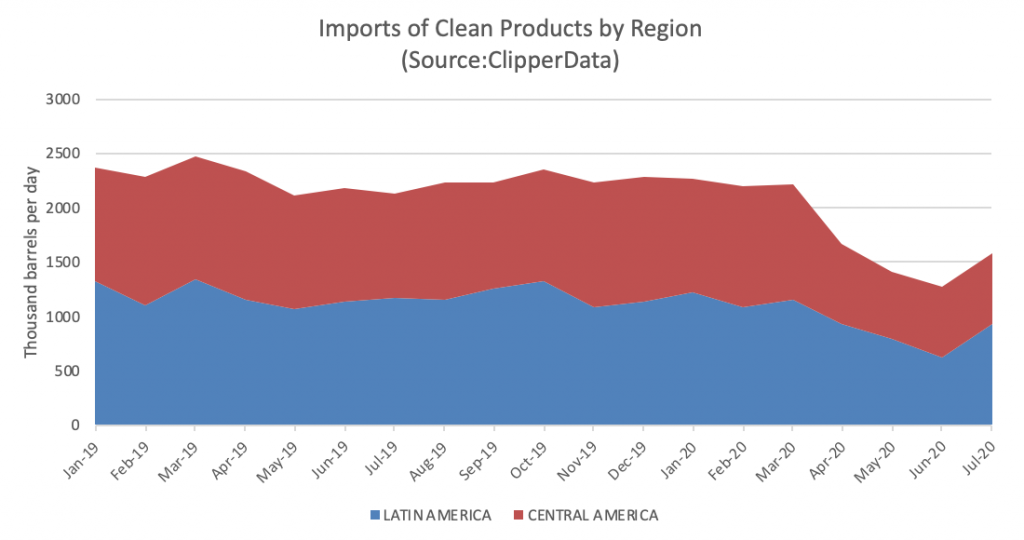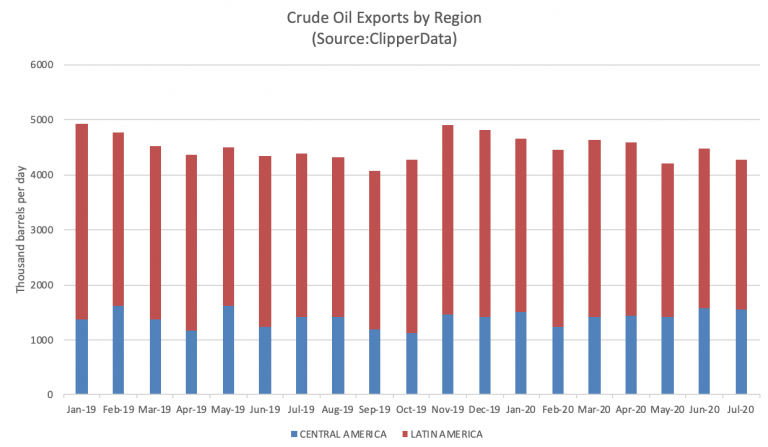
Coronavirus was a distant concern for us in Latin America back in February. Higher infection rates in colder weather made the idea of COVID-19 even harder to grasp as a threat. Life continued as normal, and the pandemic felt a world away.
To our chagrin, we learned that cold Cuba Libres at the beach would not halt the spread of the disease. Less than two months later, coronavirus had arrived in Latin America, testing the governments’ actions plans and putting pressure on our healthcare systems.
Now in July, after more than three months of quarantine measures and more than 2.5 million cases across the region, it seems that the governments’ efforts to halt the spread of the disease have mostly been ineffective, leading to a higher infection rate, while putting the economic sustainability of millions in danger.
While life in Asia is getting back to normal and Europe has reopened after cases have plunged, Latin America is restarting its economies while infection rates continue to spike across, as economic burdens are considered to present a bigger threat than the pandemic.

For countries such as Brazil and Mexico, the pandemic had brought its economies to a halt pushing their populations into further economic strife and risking collapses in GDP this year of 9.1% and 10.5%, respectively, according to the International Monetary Fund. From an energy perspective, oil exports valves were not shut, but revenues dried up as crude prices reached rock bottom in April, crippling the finances of majors like Pemex and Petrobras. Clean products, meanwhile, piled up both onshore and offshore as demand collapsed.
For others like Argentina and Ecuador, countries already mired into economic woes, the pandemic represented mounting financial challenges – yet also offered a window of hope. With the global economy collapsing, it gave these countries the opportunity to renegotiate their debt – deferring payments and extending terms. For Ecuador, it has reached a deal with creditors, while Argentina continues to duke it out amid a seemingly never-ending battle. Meanwhile, the tanking in Argentine clean product demand amid quarantine measures pushed more of its oil onto the international market. Ecuador fared worse, as two main oil pipelines ruptured, halting exports and disrupting revenues at a key time.

In Venezuela, meanwhile, an already sick economy has been further hit by the devastating effects of the pandemic. Despite the government’s tight control over the disease from March to June, the spike in Coronavirus cases in recent weeks has dealt further blows to an already battered health system. Oil exports are drying up as buyers disappear amid US sanctions and pressure on Caracas, while quarantines of recent months has only further crippled its economy.
Most of the countries across the region have begun reopening their economies despite a spiking number of coronavirus cases. This appears to be the perfect storm, while from an energy perspective fuel imports will remain crimped as the virus ravages through the region while oil exports continue stable and crude prices are maintained near $40/bbl.
To learn more about the data behind this article and what ClipperData has to offer, visit https://clipperdata.com/.







Sign up to receive our stories in your inbox.
Data is changing the speed of business. Investors, Corporations, and Governments are buying new, differentiated data to gain visibility make better decisions. Don't fall behind. Let us help.













Sign up to receive our stories in your inbox.
Data is changing the speed of business. Investors, Corporations, and Governments are buying new, differentiated data to gain visibility make better decisions. Don't fall behind. Let us help.





